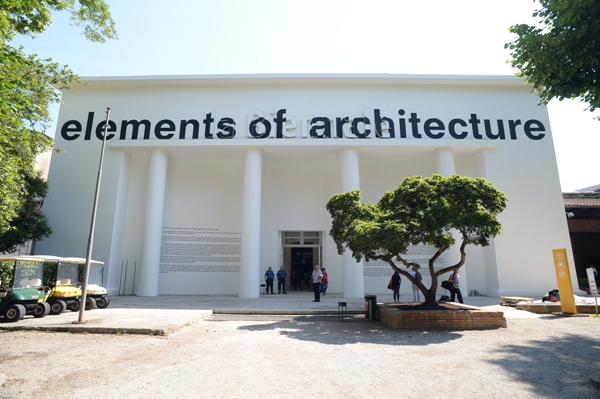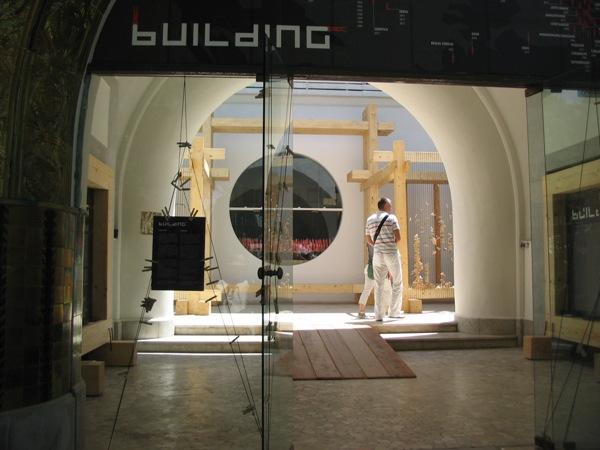14th International Architecture Exhibition Venice
Death in Venice
Szöveg: Hatvani
Fotók: Hatvani, László György Sáros, International Architecture Exhibition Venice

According to previous information, this biennale was meant to be different from all the former ones. The Koolhaas method, „more and more, more is more…”, condensification has proven to be efficient here as well. Themes crowded beneath the head word Fundamentals of the 100th biennale-anniversary in the spirit of modernity in the national topic-based pavilions, the basic constituents of architecture, the section titled Monditalia specialized in Italy, the appearance and co-existence of various arts to orchestrate artistic biennales simultaneously in the same place and at the same time: all this predicts a highly complex biennale. Knowing the oeuvre of Rem Koolhaas, it was to be expected that the event shall have a twist in it. Peter Eisenman, who was the first mentor of Koolhaas spoke of the end of the curator’s career straight away, leading museumn managers, curators, prestigious theoretical gurus of the profession praised the material, which architects do not understand: they are hurt and protest as they feel neglected. Visitors actually enjoy this show of post- or pre-architecture. The slogan, however, reveals architecture not architects.
Construction
The Hungarian Pavilion of the 2014 Venice Architecture Biennale, June 6th–November 23rd, 2014
Curators: Csaba Jakab, László Attila Márton
Text: László Mikó
Photos: László György Sáros, László Attila Márton

The Hungarian exhibition of the 2014 Venice Biennale analyzes the process of construction, its potentials to shape people and communities, its impact on the built environment, in association with the main topic of this year’s Biennale: foundations. The exhibition organised in the Hungarian pavilion titled The Model of the Carpathian Basin presents a practice becoming widespread now in education as well. Focussing on construction, this year’s exhibition is a natural follow-up of design presented here in 2010, and the topic of model-making in 2012. When the Visegrád Camp was launched in the early 1980s managed by Imre Makovecz, it was not only the introduction of a new form of practical training for students of architecture, but also the revival of a communal method of construction which had already been forgotten. The traditional way of Hungarian community-building in the past was a reaction offering solutions to the needs of actual communities whilst drawing attention to the basics of construction, focussing on the beauty, the laws and principles hidden in the material as well as on the power of knowledge and the magnificance of the structure created in co-operation. Reviving traditions is also a reinforcement of the faith of participants in community and of their national identity.







